Samsung and Google have officially launched their ambitious entry into mixed reality, introducing the Galaxy XR headset alongside Android XR. It is a clear swing at Meta’s Quest ecosystem and Apple’s Vision Pro. The pitch is simple: a premium-feeling headset for $1,799, a middle ground between Quest and Apple’s $3,499 Vision Pro. The rub, and it is a big one, is Google’s incomplete spatial video ecosystem, a gap that threatens the entertainment story Samsung wants to tell.
A hardware foundation that impresses but doesn’t quite deliver
On paper, the Galaxy XR is a beast. Dual 4K micro‑OLED displays push 3,552 x 3,840 pixels per eye, 27 million pixels in total. It is light too, 545 grams, which feels downright airy next to Apple’s 750 to 800-gram Vision Pro.
Performance keeps pace. Qualcomm’s Snapdragon XR2+ Gen 2 promises 20 percent faster CPU and 15 percent faster GPU than the last generation. Benchmarks tell a tougher story, scoring 970 in single-core tests compared to Vision Pro’s 3,816 on Apple’s M5 chip. Fast, just not Apple-fast.
The display credentials lean hard into entertainment. Coverage hits 95 percent of the DCI‑P3 color gamut, with a 109-degree horizontal and 100-degree vertical field of view. Big canvas, vivid colors, the right ingredients for movies, sports, and games. Yet that is the tension. The hardware is ready for premium entertainment, and the content pipeline is not.
Android XR brings unprecedented app compatibility
Here is the edge that matters on day one. Android XR runs the Galaxy XR and lets existing Android apps pop into VR space, a huge head start in familiarity and sheer volume. It takes aim at Meta’s guardrails and Apple’s closed VisionOS by giving users immediate access to millions of apps they already use.
That breadth shows up where people actually live. YouTube and Netflix are supported, two services Apple still lacks on Vision Pro. Developers get an open door as well. The Android XR SDK runs through Android Studio without special approval, and it supports Unity, Unreal Engine, OpenXR, and WebXR.
Google’s own services slot in neatly. Google Photos offers AI‑enhanced 3D conversion, and Google Maps renders immersive 3D terrain. The message is obvious: this is more than a headset, it is a play for spatial computing at platform scale.
Gemini AI integration: The headset’s secret weapon
Gemini is everywhere inside Galaxy XR, and it feels like the feature was built to paper over content gaps. No wake words, just context, organizing apps, tweaking settings, and surfacing info based on what you are looking at. It can coach you mid‑game and add smarts to gameplay moments.
Call it the “Tony Stark” moment if you want, Google’s term, not ours. Gemini reads the room through cameras, microphones, and sensors, then offers real‑time translation, timely nudges, and context on what is around you.
Why it matters here. While native spatial content creation is behind, Gemini can make old content feel new and more interactive. It is a different bet than Apple’s, which leans on pristine capture and playback of spatial media. Risky, yes, but interesting.
The spatial video roadblock that threatens entertainment ambitions
Here is the sticking point. Reports suggest Google’s spatial video toolkit is not ready for prime time. AI‑powered 2D to 3D conversion exists, but it does not match the quality of natively captured spatial video. The result is a gap between what the headset can display and what most users can actually watch.
Competitors saw this coming. Apple ties capture on iPhone 15 Pro to seamless playback on Vision Pro, a clean end‑to‑end loop. Meta shipped AI conversion earlier, already transforming Instagram content. Google’s conversion‑first strategy solves scarcity in theory, not in practice.
Fragmentation adds friction. In testing, spatial photos from a Galaxy S25 Ultra upload to Meta Quest apps, but spatial videos do not work at all. In plain terms, Samsung’s flagship phone owners cannot make native spatial videos for Samsung’s own headset. That undercuts the entire entertainment promise.
Market positioning that could reshape the industry
Galaxy XR plants itself between Meta’s gaming‑first Quest 3 and Apple’s productivity‑skewed Vision Pro, a pressure point for both rivals. At $1,799, it lands at roughly half of Apple’s price while still feeling premium, which could force Apple to rethink a luxury‑only strategy.
Meta feels the squeeze too. Galaxy XR proves a device can deliver Quest‑style gaming and still carry a broader app ecosystem with spatial computing features that Meta lacks. Either Meta expands beyond games, or it cedes ground to headsets with wider everyday utility.
Samsung’s move on controllers hints at caution. Limited production sold out immediately, a sign the company is testing demand rather than going all in. Early estimates suggest the Galaxy XR costs less than $1,000 to produce, which gives Samsung room to dial the price if it wants to speed up adoption.
Where innovation meets incomplete execution
Galaxy XR shows Samsung and Google can build the hardware and stitch in a modern platform. Comfortable fit, sharp displays, and clever AI make it a real alternative to Meta and Apple. Android XR’s open door to apps is a practical win on day one, and Gemini hints at a future where the headset feels like a partner, not just a screen.
Yet spatial video is the loose thread. An entertainment powerhouse with limited premium spatial content is a hard sell. Until Google’s spatial video tools catch up to its AI and Samsung’s screens, Galaxy XR is a brilliant preview, not the final cut.
The ending is unwritten. If Google closes the content gap quickly, Galaxy XR could kick the industry into its next phase, proving that open ecosystems, sharp pricing, and smart AI can overcome early scarcity. If not, it will stand as a reminder that in spatial computing, great hardware still loses to incomplete ecosystems.







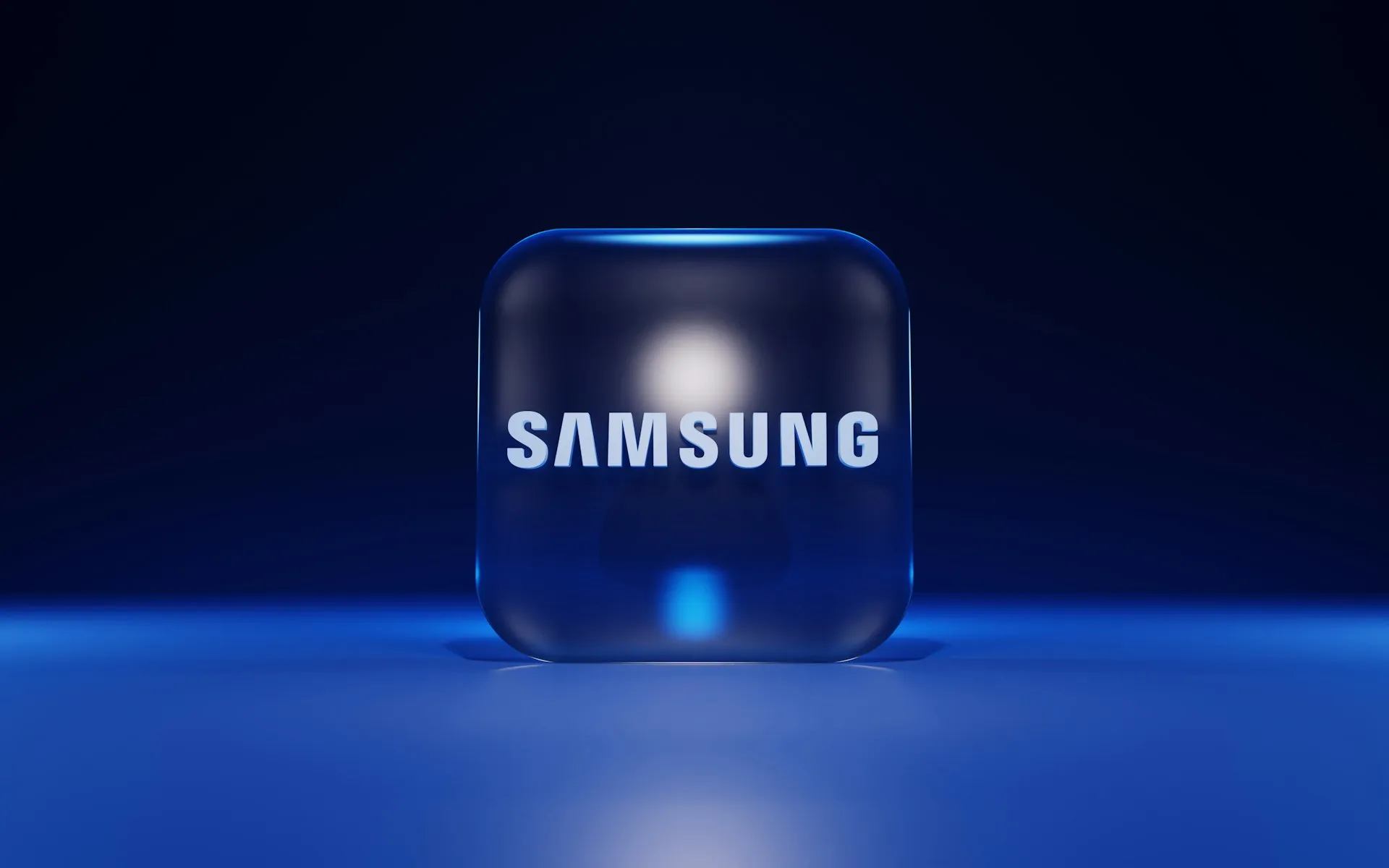


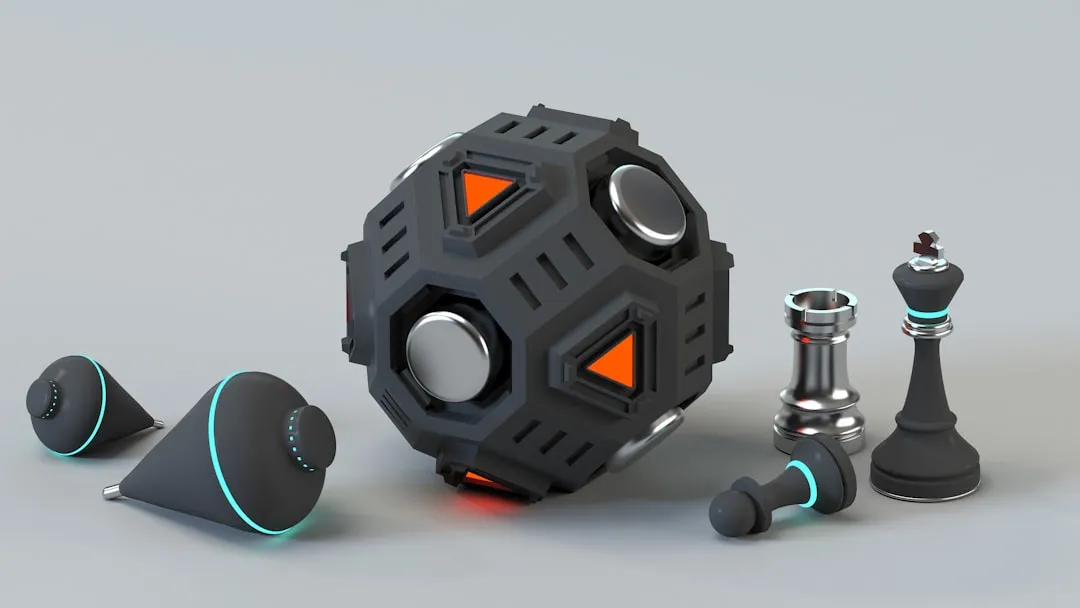

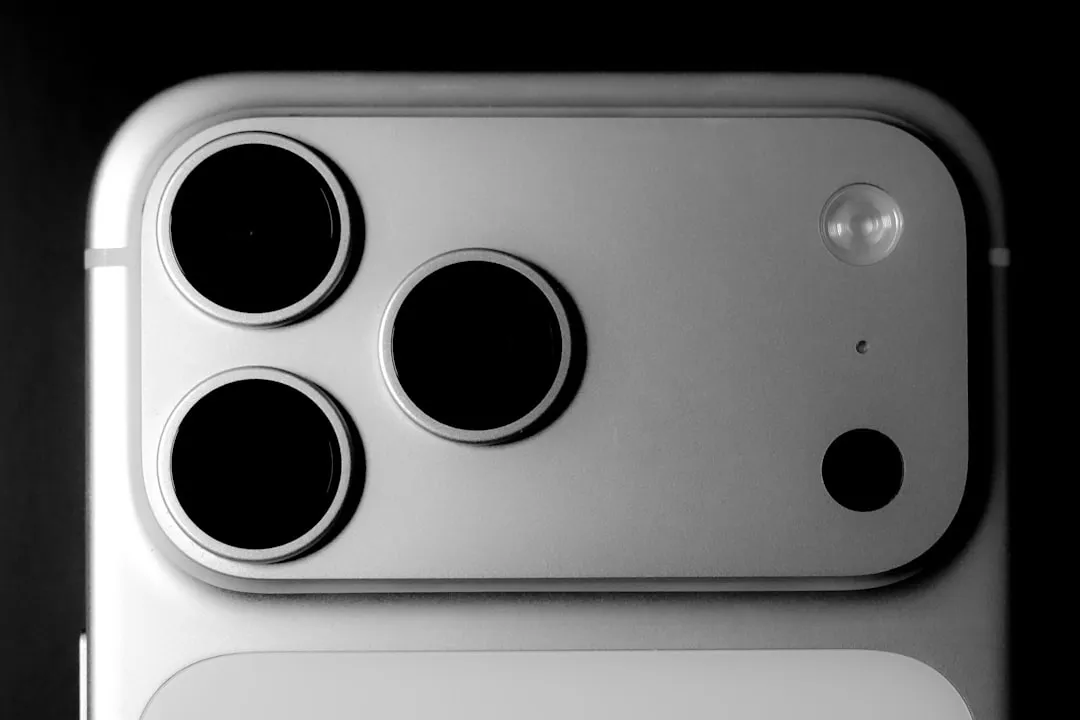









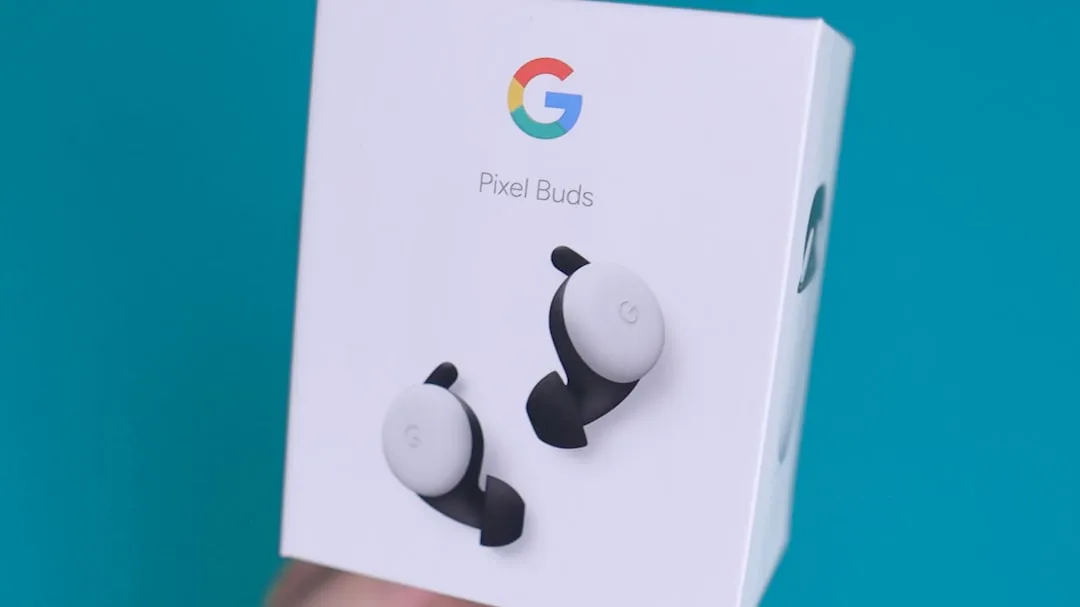


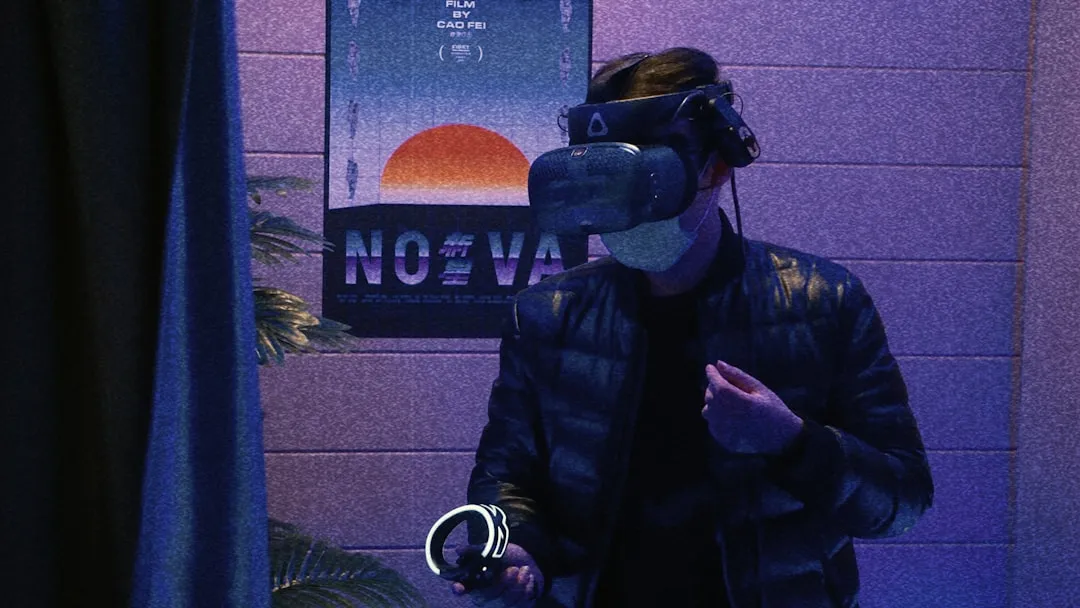
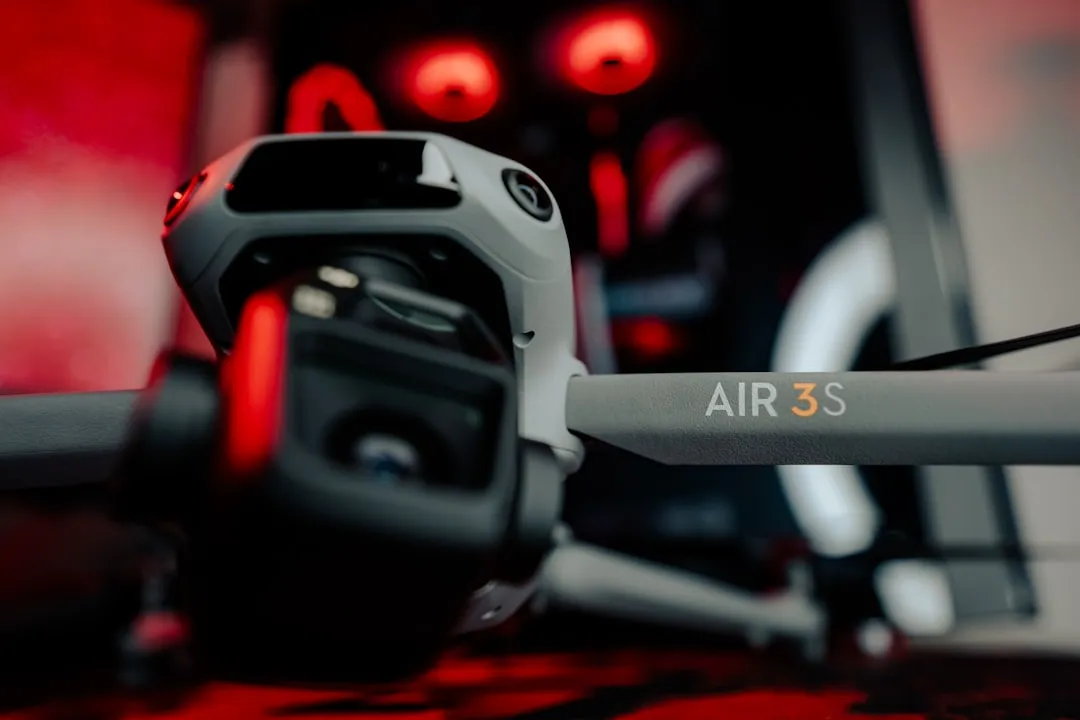

Comments
Be the first, drop a comment!